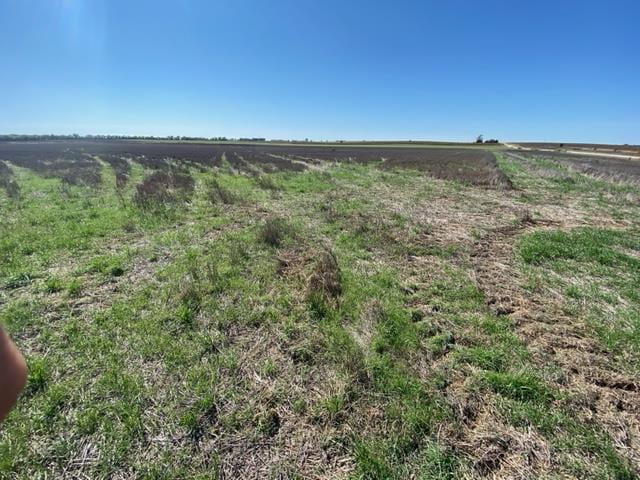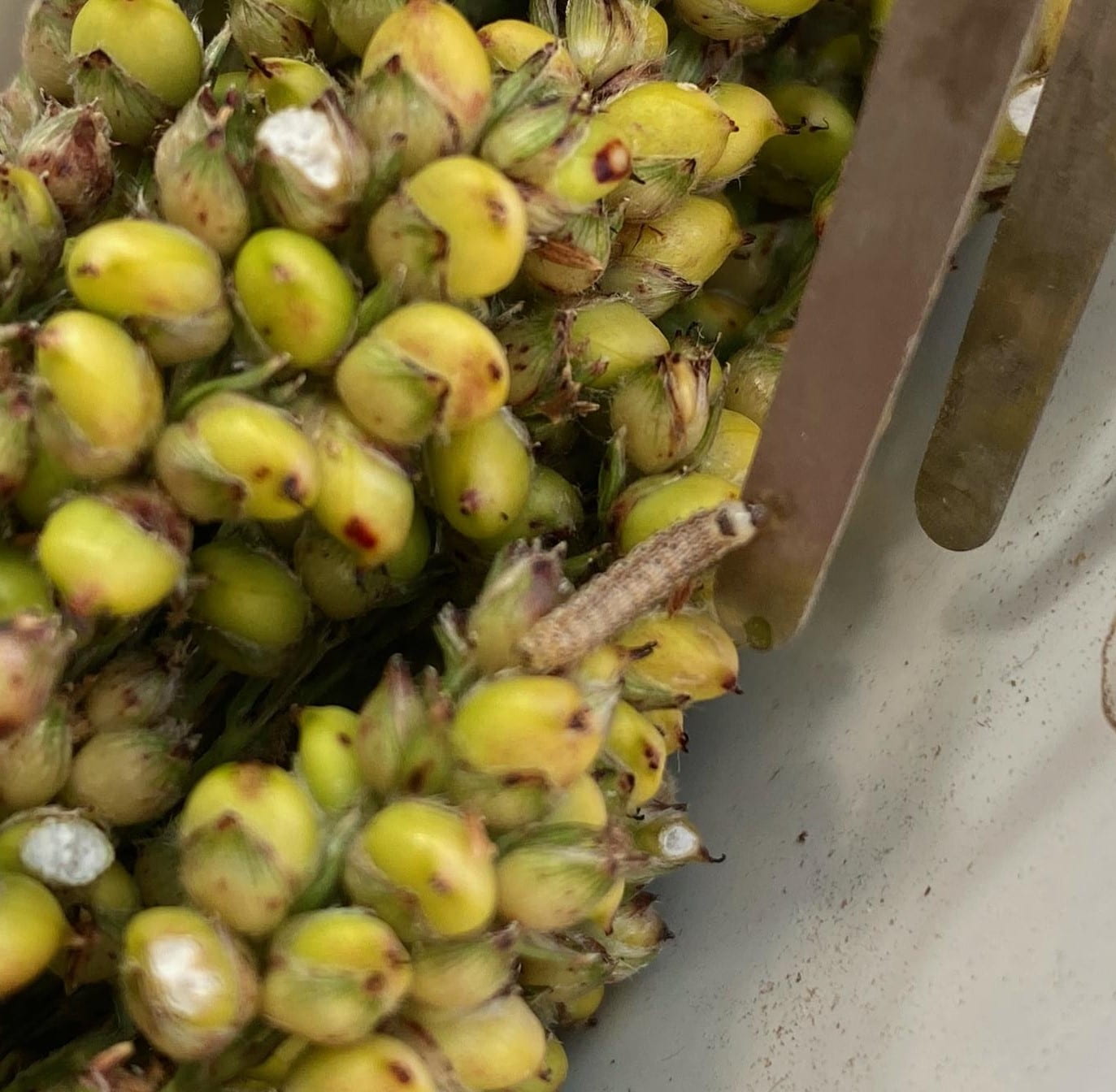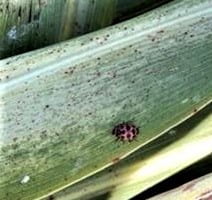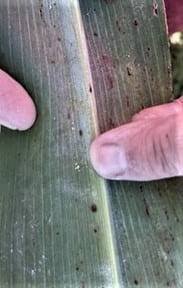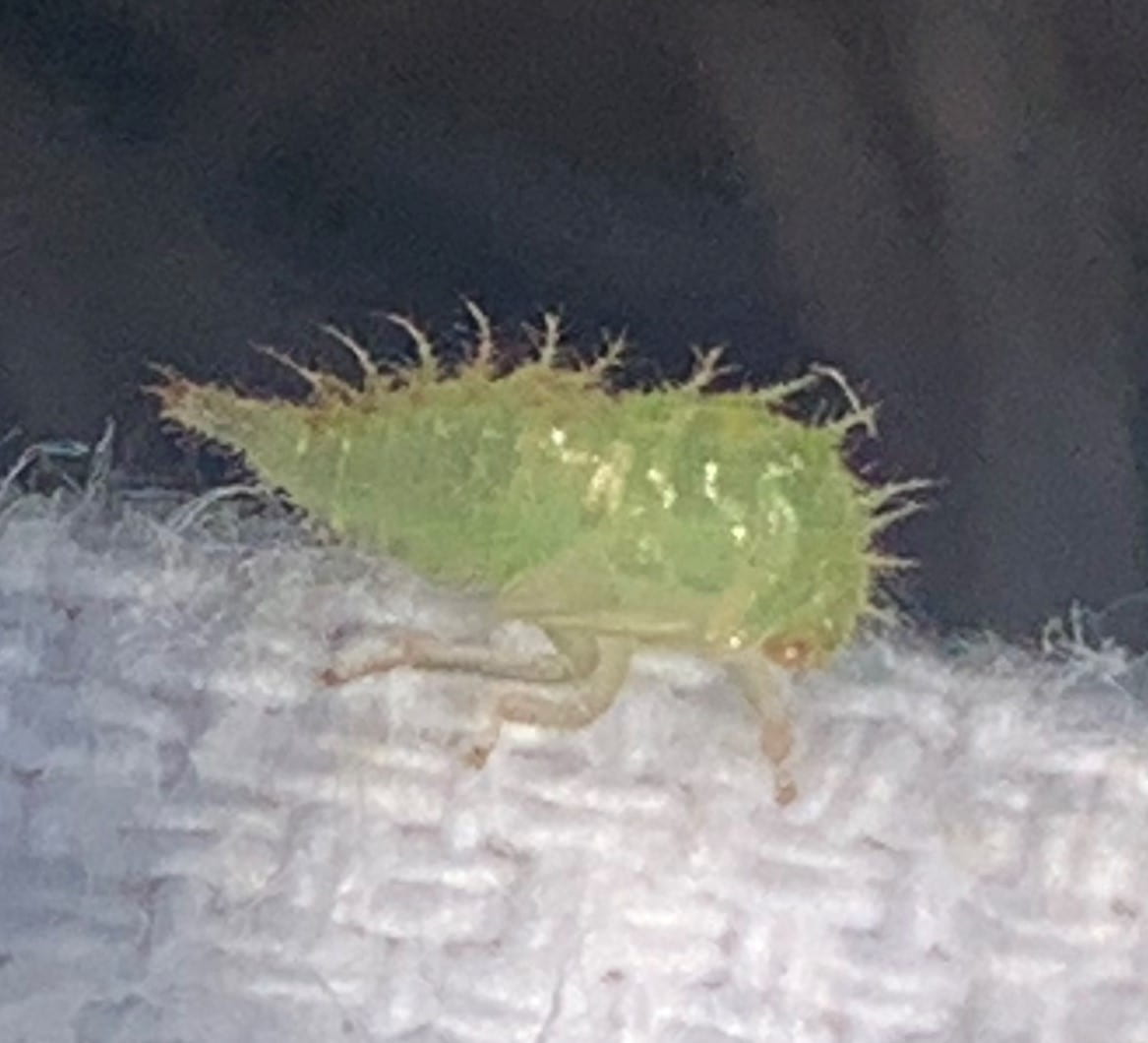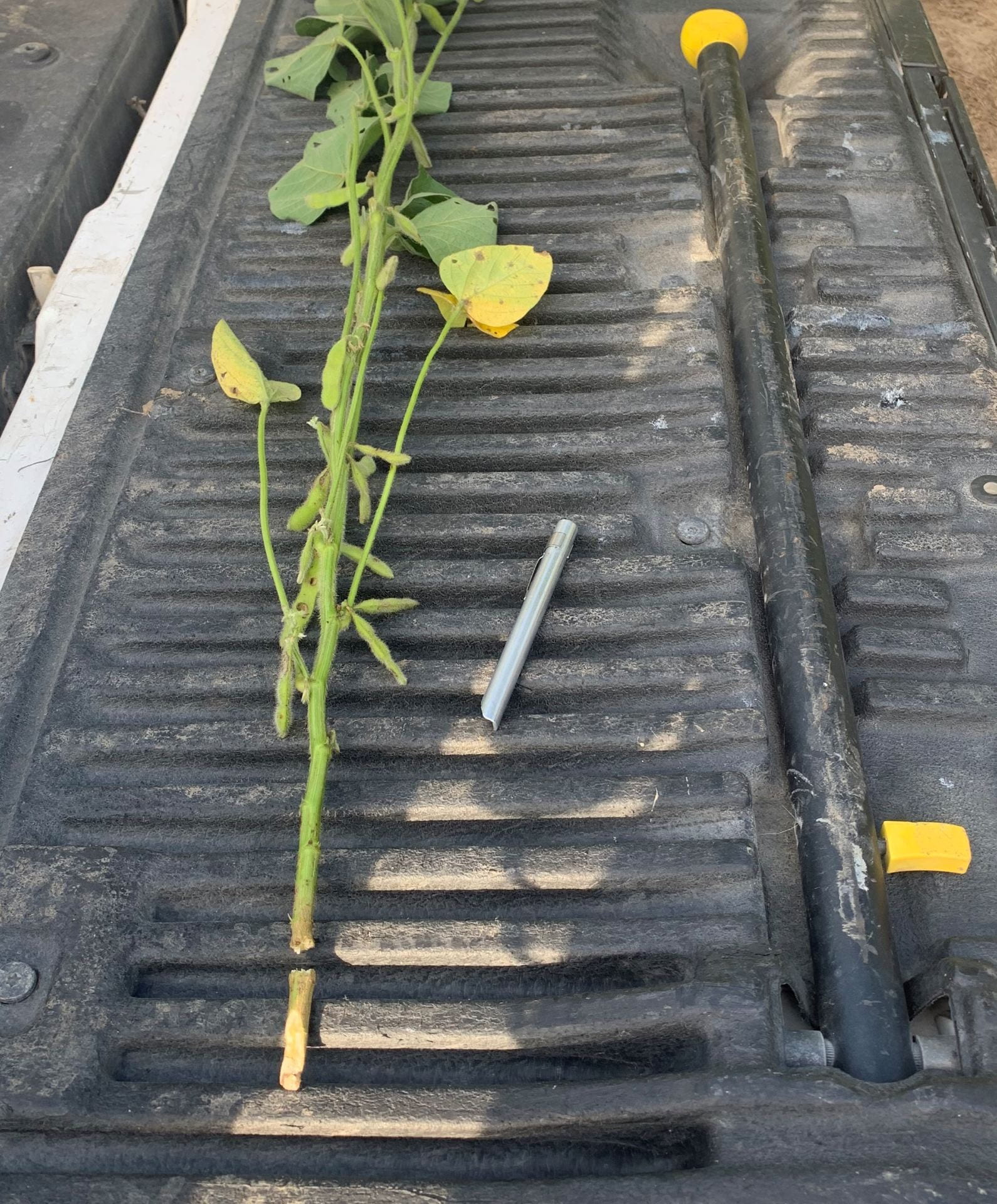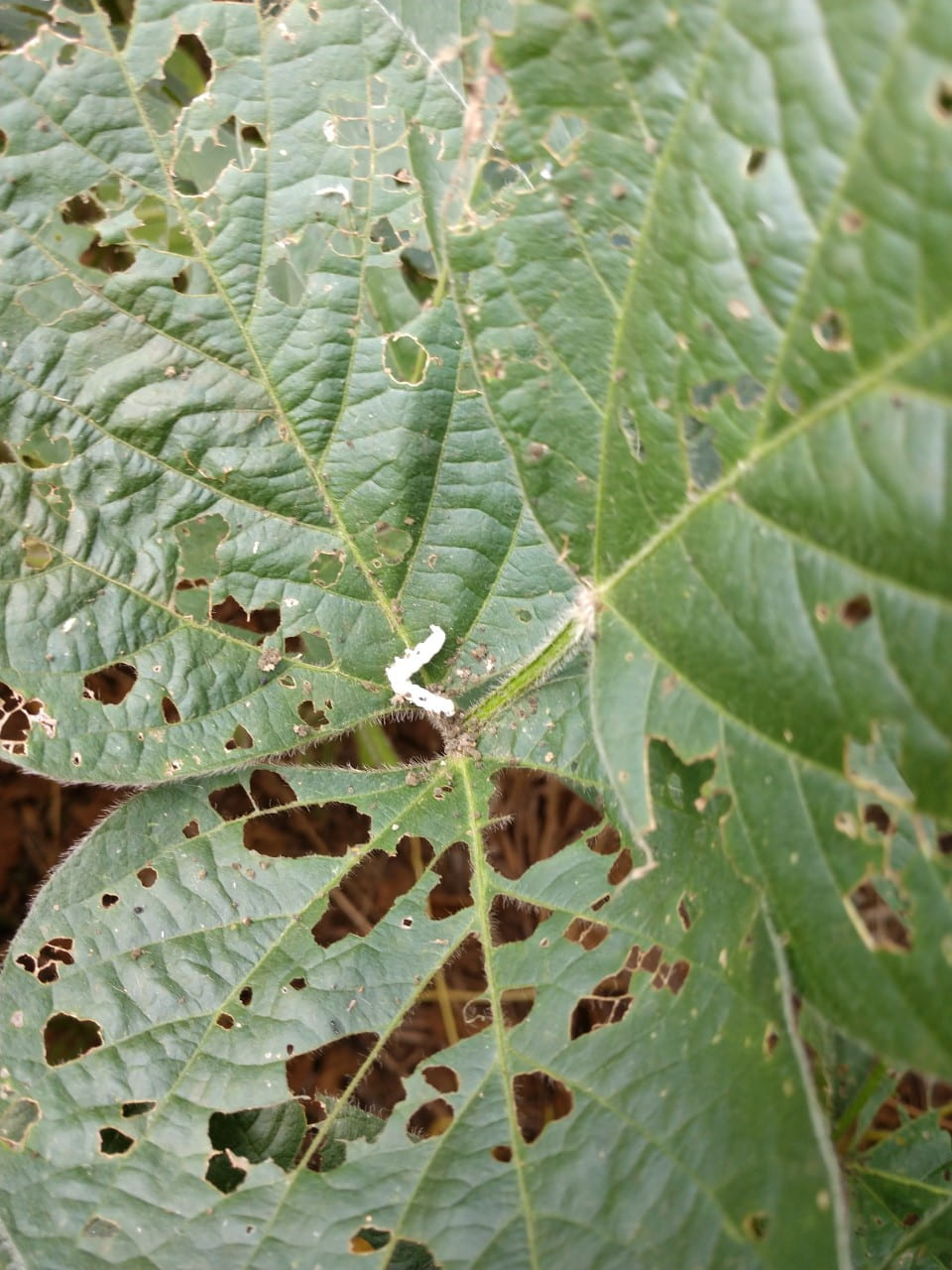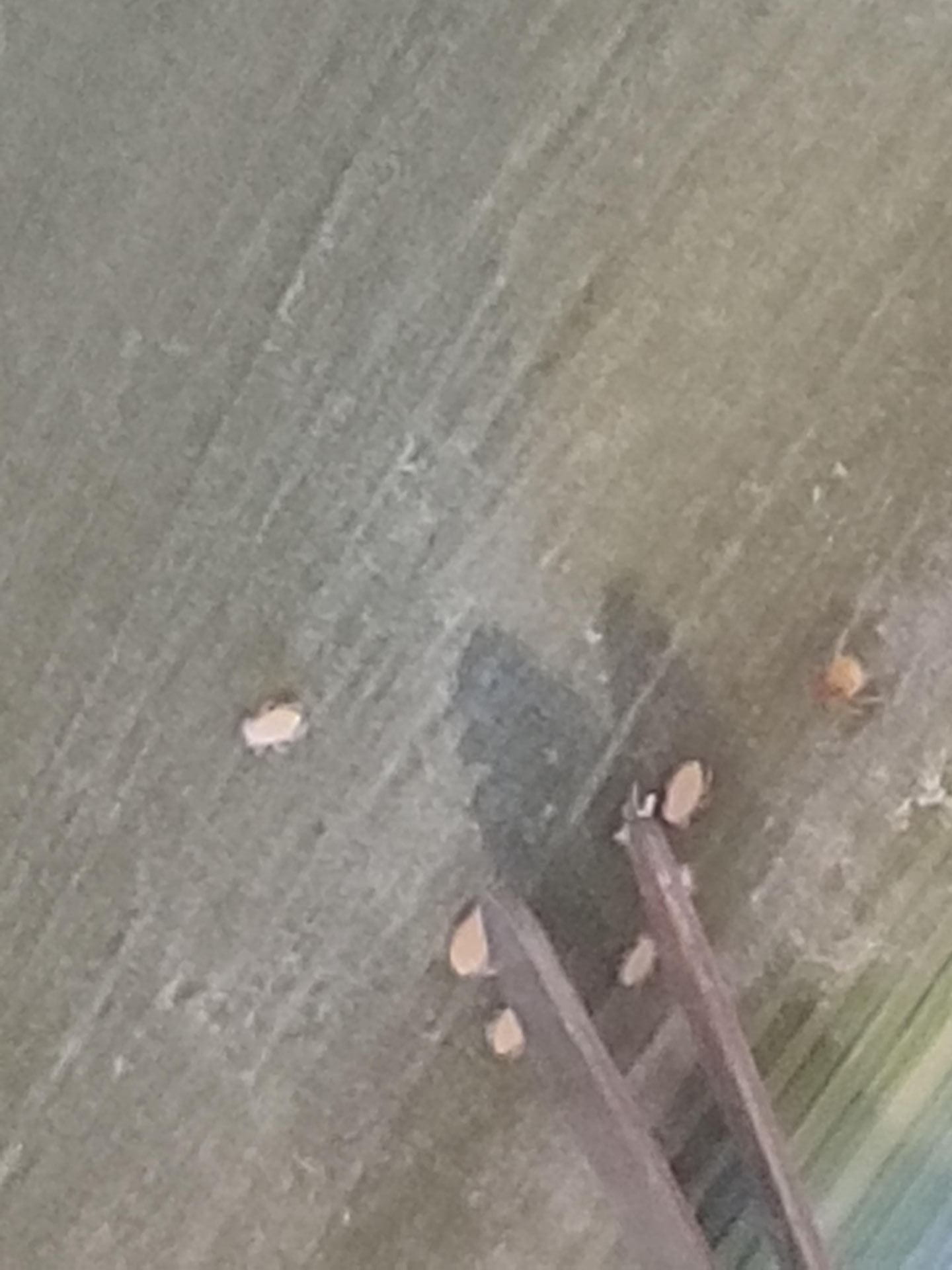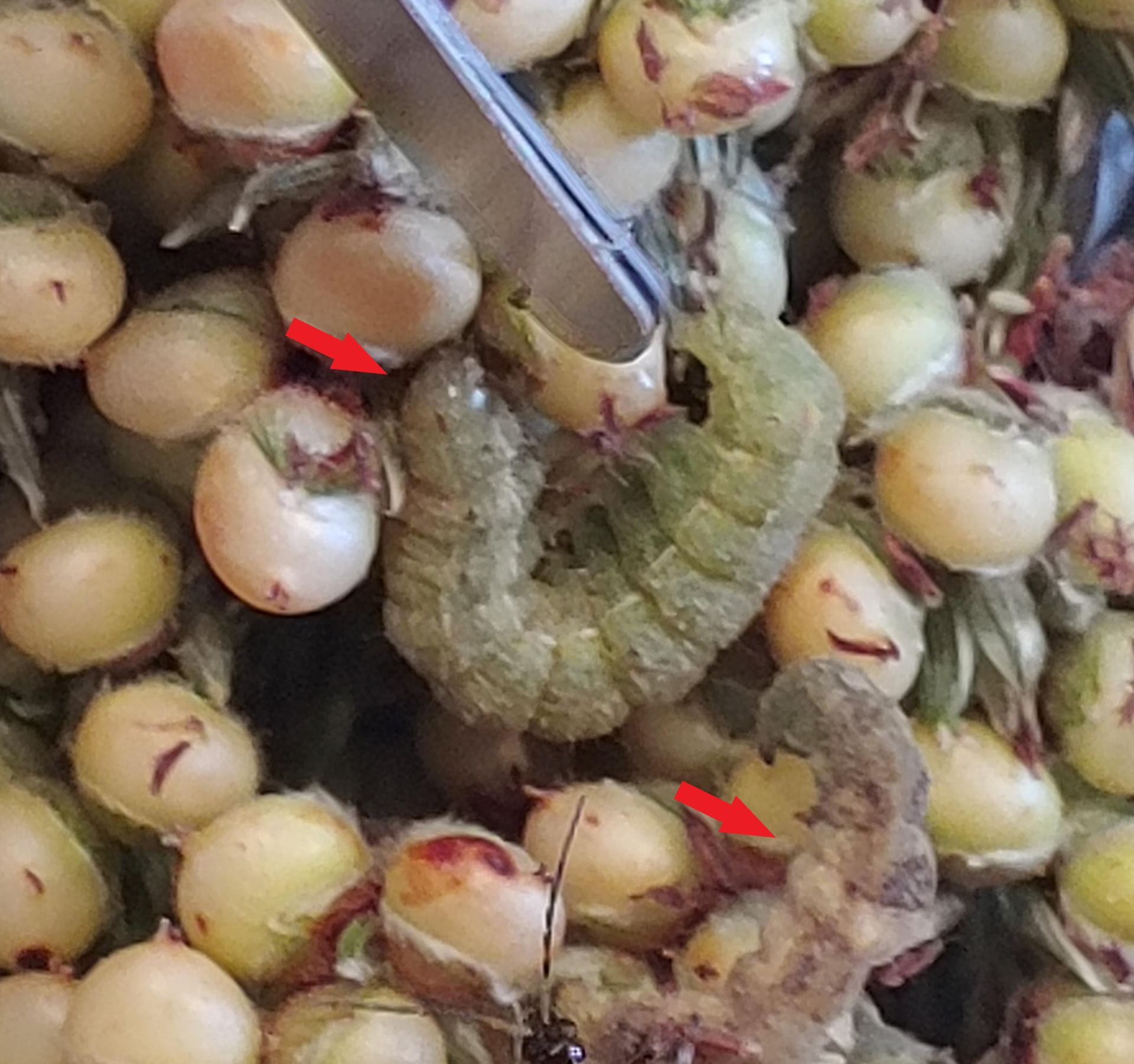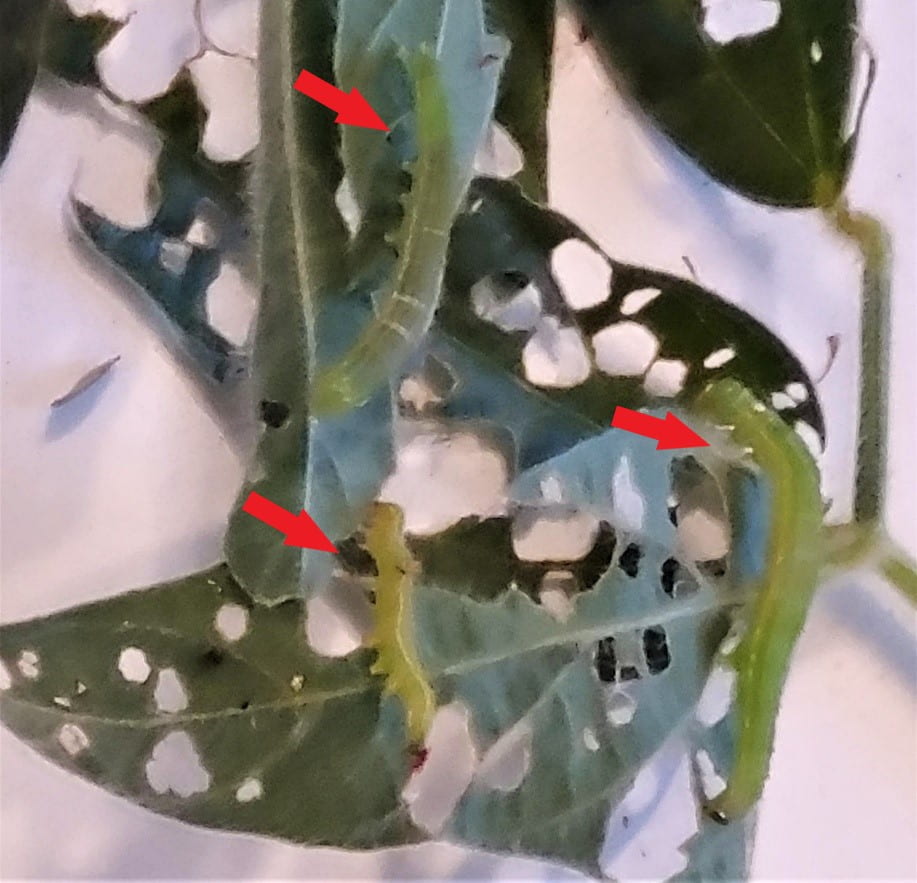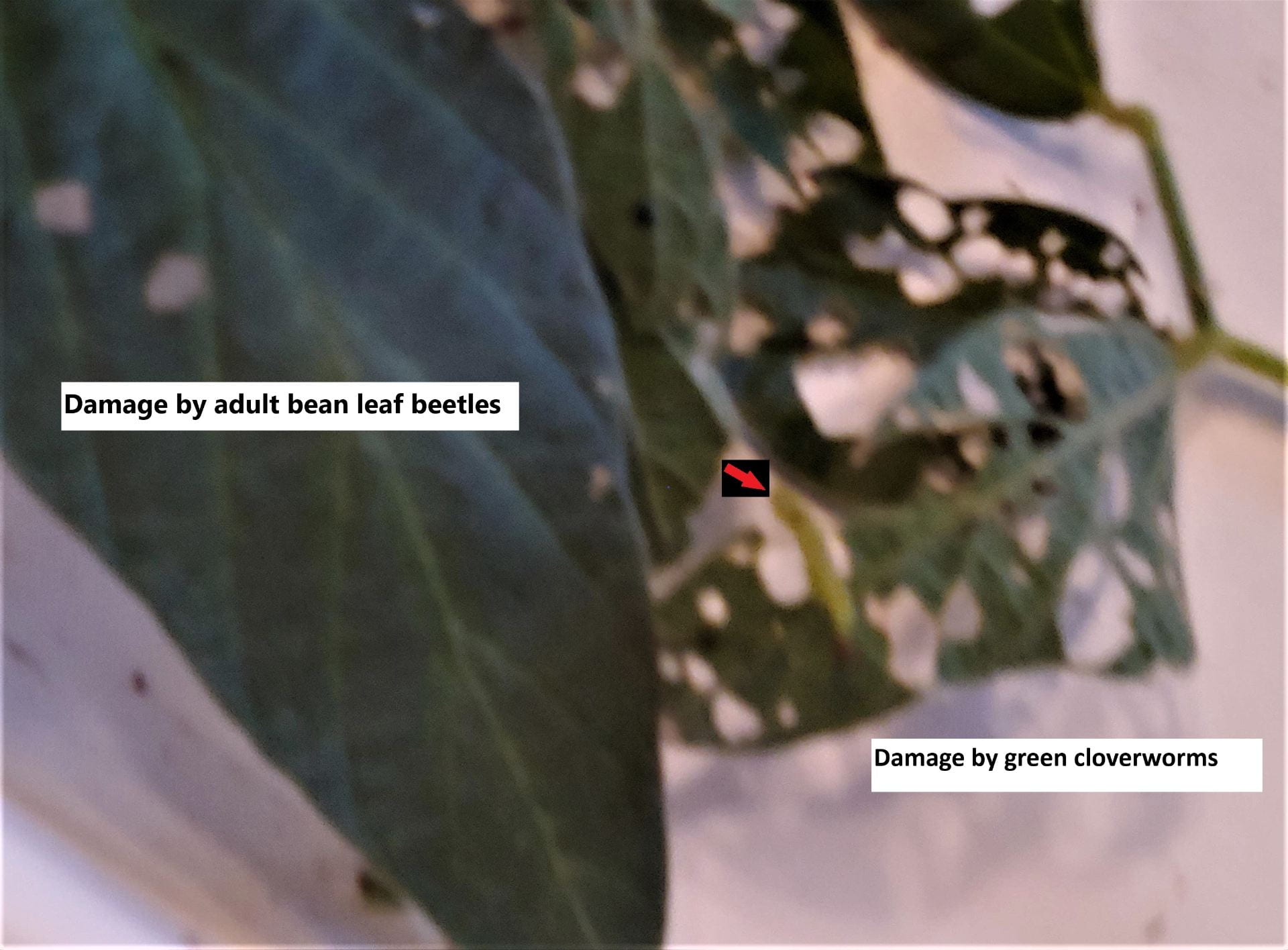–by Frannie Miller
Each year in the fall, I plan trainings and look forward to seeing applicators from across the state as they attend these commercial recertification-training programs. This year will look a lot different in terms of training opportunities. Due to the ever presence of Covid, the Kansas State Pesticide Safety Program will be hosting virtual training opportunities through zoom. This will allow the applicator to obtain pest management credits from the safety of his or her home or office. I have heard from some applicators that feel they are technologically challenged, but don’t let that keep you from trying a new way of learning. The team is here to help you every step of the way!
The Kansas State Pesticide Safety Program is hosting training on the following dates:
- October 20 – 21 (9:20 a.m. – 11:30 a.m.) (1:20 p.m. -3:30 p.m.) Right-of-Way, Industrial Weed, and Noxious Weed Training (Category 6, 7C, & 9A)
- November 2 (12:30 p.m. – 5:15 p.m.) and November 3 (8:30 a.m. – 11:30 a.m. Stored Product Pests and Seed Treatment (Category 7B & 4)
- November 4 (9:20 a.m. – 11:30 a.m.) Ornamental, Turf and Interiorscape (Category 3A, 3B, & 3C)
- November 9 (8:30 a.m. – 5:00 p.m.) Ag Plant (Category 1A)
- November 10 (8:30 a.m. – 5:00 p.m.) Structural and Public Health (Category 7D, 7E & 8)
- November 10 (12:00 p.m. – 1:00 p.m.) Core Hour
- November 12 (8:30 a.m. – 5:00 p.m.) Wood Destroying and Wood Preservation (Category 7A & 7F)
- November 12 (12:00 p.m. – 1:00 p.m.) Core Hour
- November 13 (8:30 a.m. – 5:00 p.m.) Forest Pest, Ornamental, Turf and Interiorscape (Category 2, 3A, 3B & 3C)
Flyers containing the registration information can be found on the Pesticide Safety and IPM webpage at: https://www.ksre.k-state.edu/pesticides-ipm/commercial-applicator.html. If you use Facebook, you may want to consider liking the Kansas State Pesticide Safety and IPM program page, which can be found at: https://www.facebook.com/KSRE-Pesticide-Safety-and-Integrated-Pest-Management-Program-109039044075447.
Other groups or associations may be hosting other training opportunities. A complete list can be found at: https://portal.kda.ks.gov/PAF/PafTraining/TrainingEventList.
If you don’t remember how many credits you have or need, you can look up your training status at: https://portal.kda.ks.gov/paf/pafapplicator/login/
If you have further questions, regarding how this training will be conducted contact Frannie Miller at (620)241-1523 or e-mail fmiller@ksu.edu.
